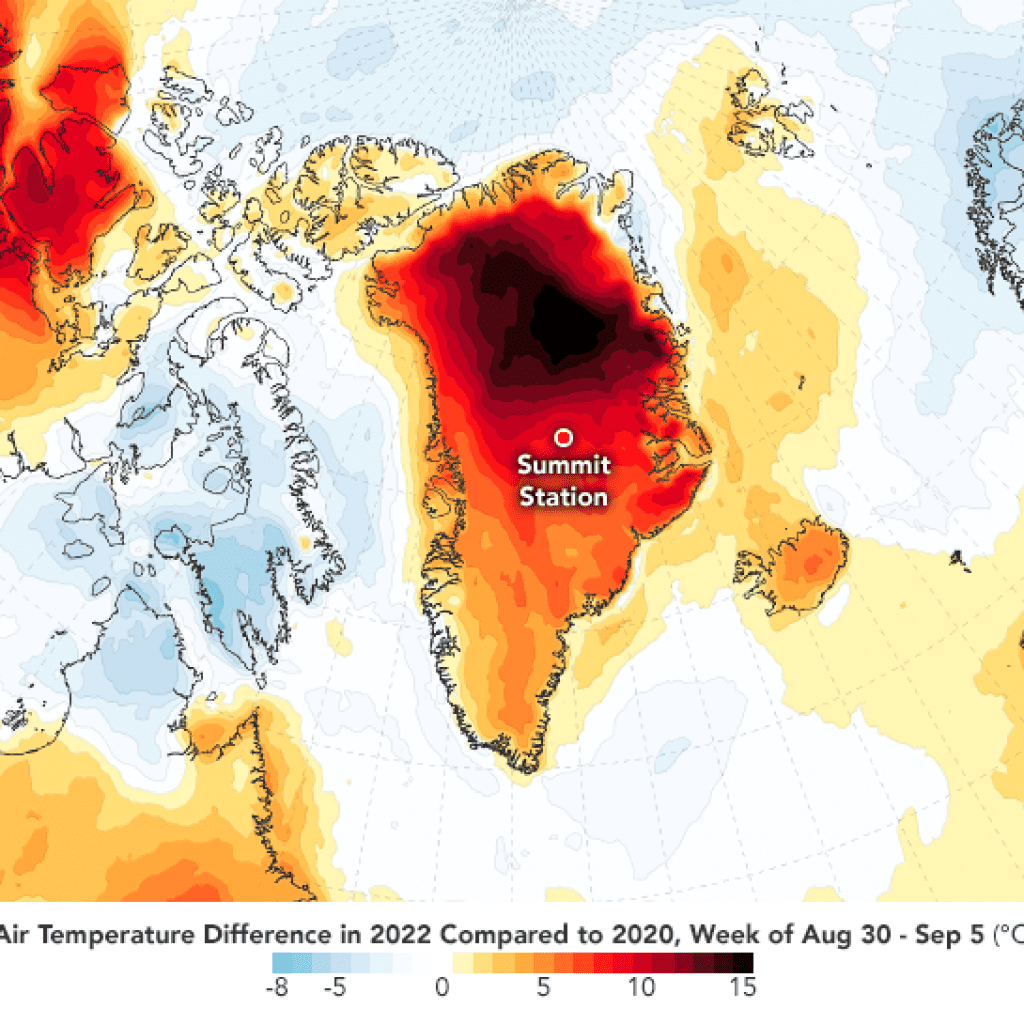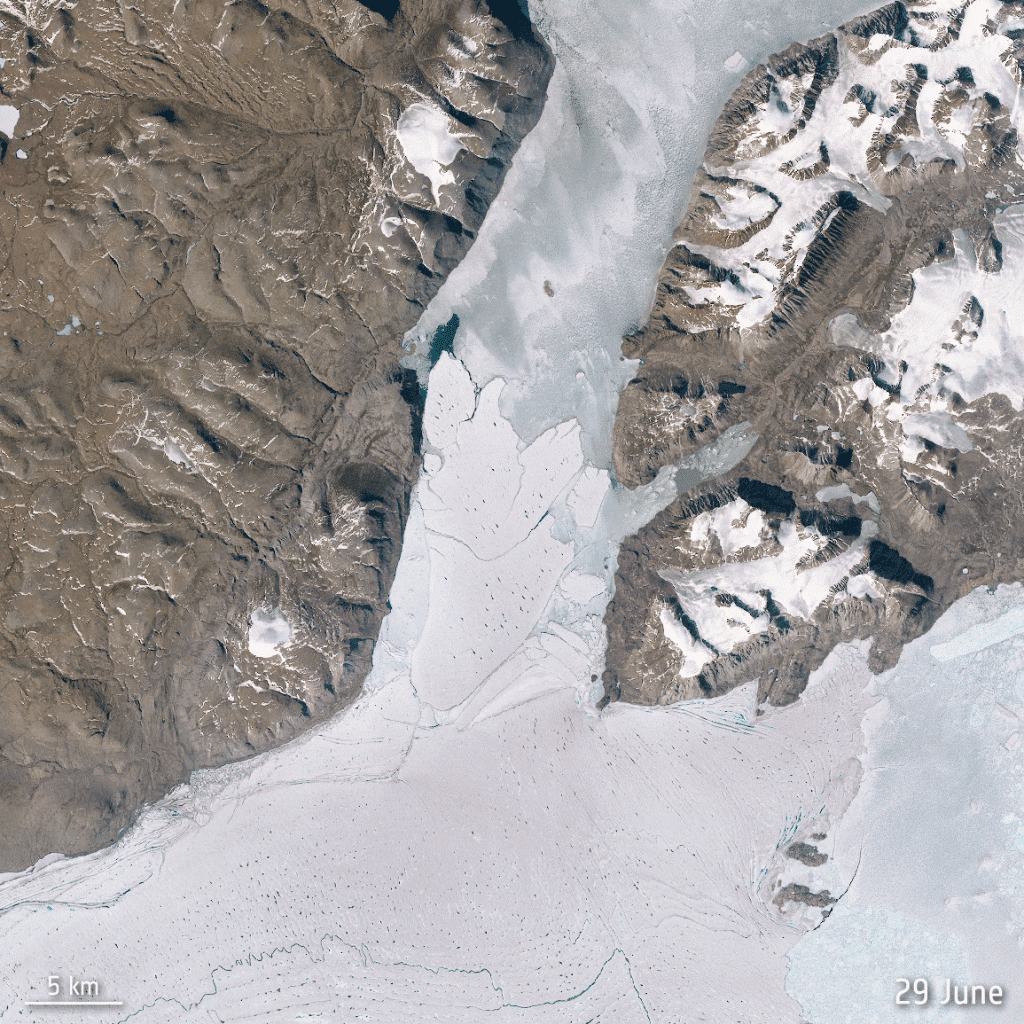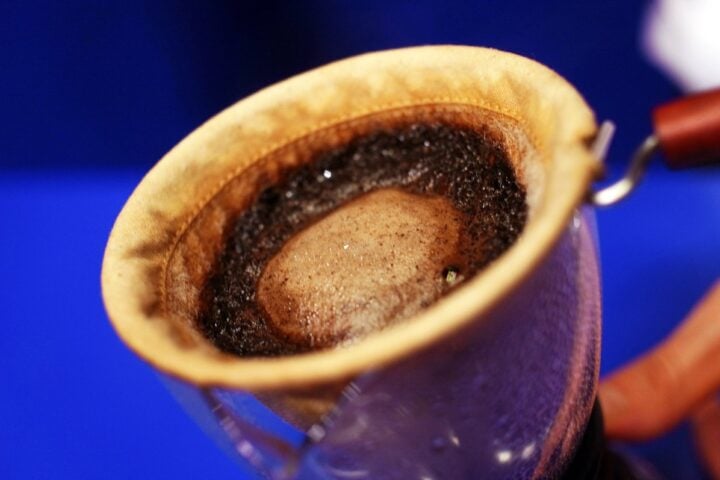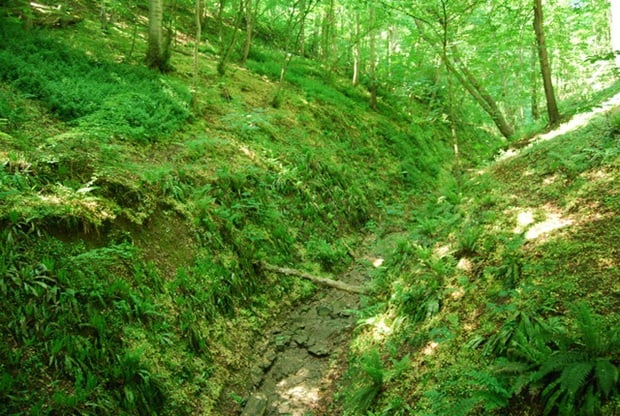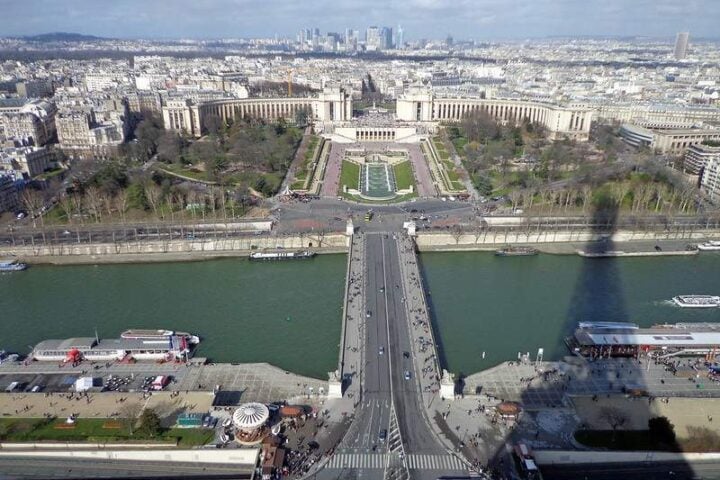A team of researchers led by Jason E. Box from the Geological Survey of Denmark and Greenland, presented a complementary approach to study ice sheet disequilibrium and limitations regarding climate change. The approach furthered by understanding satellite-derived bare-ice extent, tidewater sector ice flow discharge, and surface mass balance data, published in journal Nature. According to the recent data of 2020 Greenland’s ice imbalance created almost 274 ± 68 nm of sea-level rise which is equivalent to 3.3 ± 0.9% volume loss while in 2021 melting ice sheets were noted to cause 782 ± 135 mm of sea-level rise. The researchers said that the study is showing a disequilibrium in the ice sheet formation while in controlled condition snowfalls in the mountain region of Greenland would naturally replenish the ice sheet of glaciers. However, the recent study says that almost 3.3% of Greenland’s ice volume will melt in spite of reducing carbon emissions worldwide.
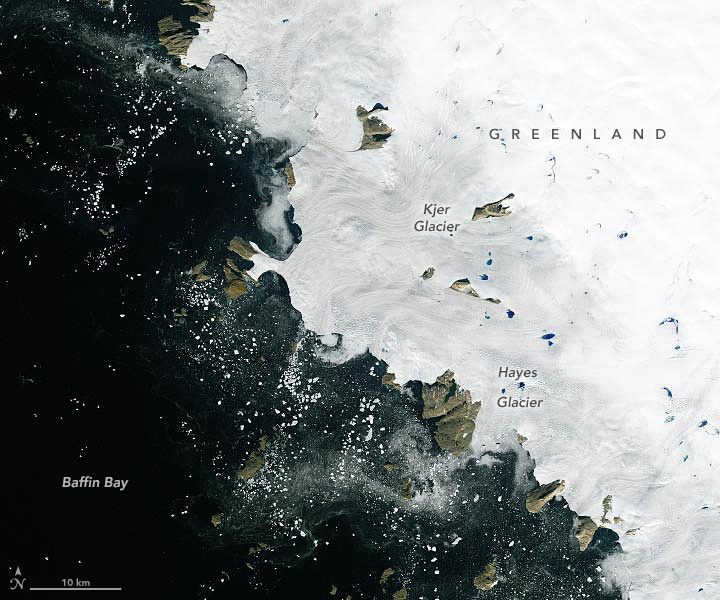
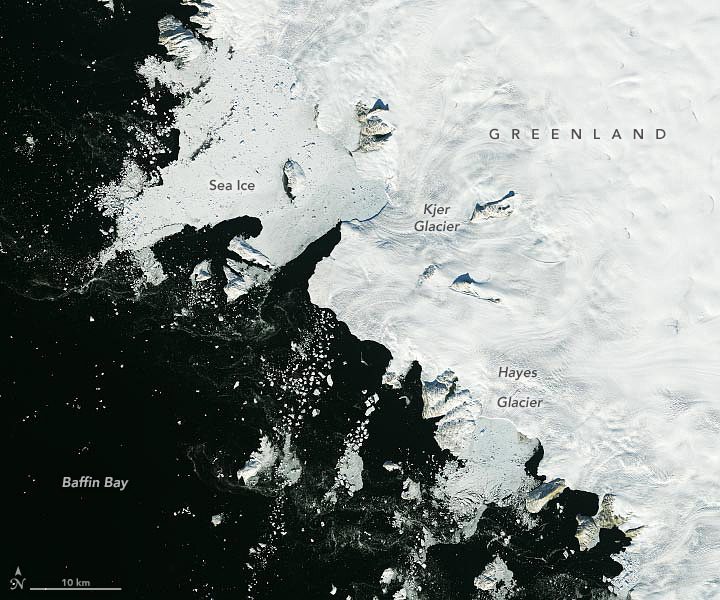
Greenland’s melting ice sheet is one of the many reasons behind contemporary sea-level rise. According to the scientists, Greenland’s ice sheets started melting in 1980. The melting would give rise to the occasional tidal waves once it is discharged into the water surface. Global warming has initiated a worldwide phenomenon of iceberg and ice sheet melting and Greenland is one of them. Scientists say that Greenland’s ice sheet melting can be predicted to analyze the future conditions due to rapid global warming.
The researchers are attempting to predict Greenland’s response to global warming by calculating areal and volumetric changes to analyze the ice sheet disequilibrium. Scientists said that their observation has led to discovering a type of ice sheet that is clinging to its parent iceberg yet it is empty from inside and devoid of recovering ice from snow. These ice sheets raise concern over rapid melting to which co-researcher William T. Colgan said, “It’s dead ice. It’s just going to melt and disappear from the ice sheet…This ice has been consigned to the ocean regardless of what climate scenario we take now.” The lead author of the study Jason E. Box said, “It’s more like one foot in the grave.”
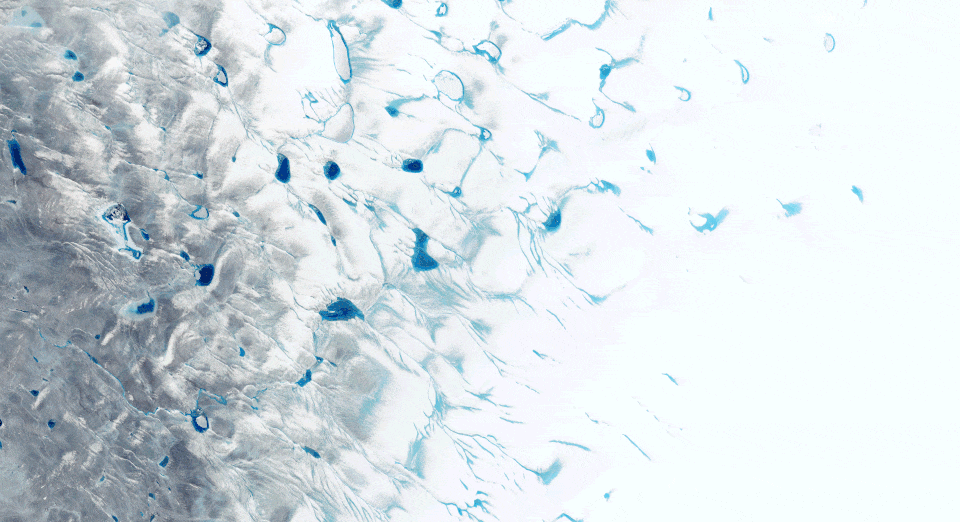
This is the first time scientists could calculate minimum ice loss along with it causing sea-level rise. The Pennsylvania State University geologist Richard Alley said that the study reflected putting an ice cube into a cup of warm tea scenario. He said, “You have committed mass loss from the ice. In the same way, most of the world’s mountain glaciers and the edges of Greenland would continue losing mass if temperatures were stabilized at modern levels because they have been put into warmer air just as your ice cube was put in warmer tea.”
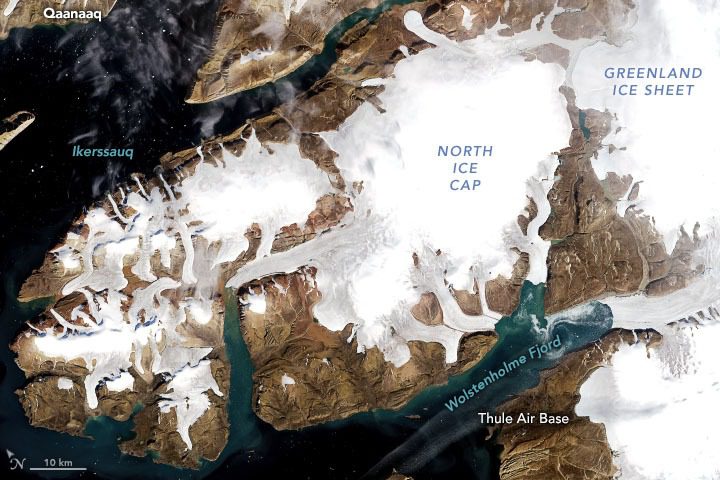
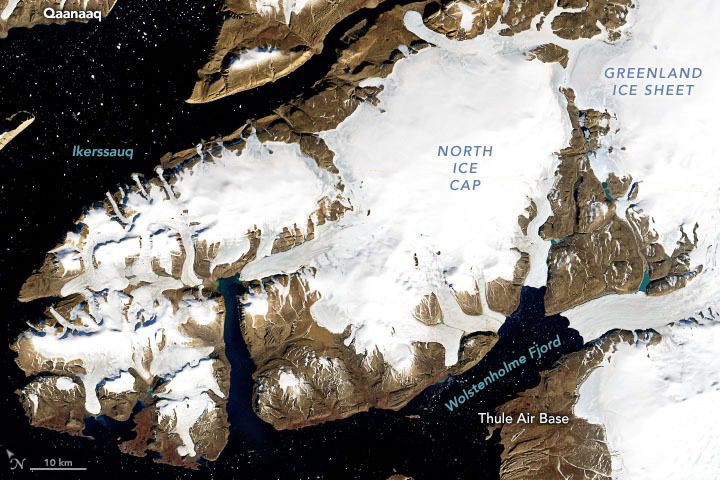
However, two scientists from the University of Kansas and the University of Buffalo pointed out the study’s inability to aptly calculate the timing of the ice sheet melting of the glacier in Greenland. The scientists from the study responded to the question and said the time cannot be accurately predicted however, it could be approximately by the end of this century or at least by 2150. According to their prediction, almost 120 trillion tons of ice is already in the position of non-replenishment and thus awaits its doom. When it will melt completely it will contribute to 37 feet deep sea level rise.
